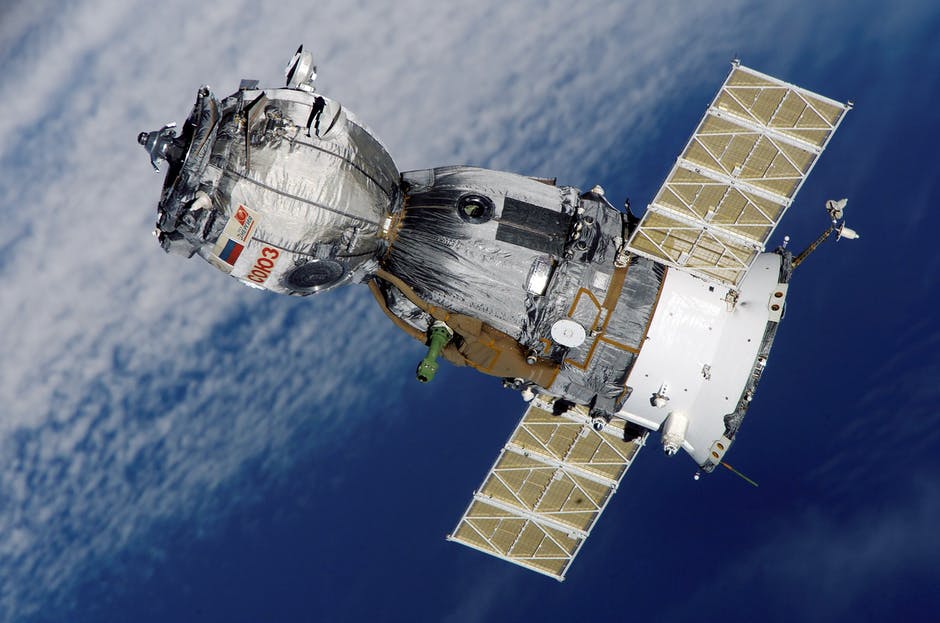
Are you interested in how a GNSS simulator works?
Often, industries may enjoy using a GNSS simulator. It allows new professionals to get used to modern technology. It aids experienced professionals in mastering new skills.
With so many ways to use it, it’s logical to wonder how a GNSS simulator works. For that purpose, this article aims to cover all the bases in explaining a GPS training simulator.
Whenever you’re ready to uncover the basics, let’s begin!
How Does it Work?
A GNSS simulator is a tool or software that simulates the limits of the real world. Satellite navigation environment to act as a virtual GNSS (Global Navigation Satellite System). It is used to assess and design GNSS products and systems in industries, including air traffic control and navigation.
This simulates actual navigation by sending satellite signals through the antenna. The receiver then received the signals, and the simulator processed the data. The receiver imitates the actual GNSS receiver and provides the signals of the simulated GPS.
The GNSS simulator can send accurate GPS signals to the receiver, as well as fake out the GPS signals. The signals are then compared, and they can check the performance of the GNSS device or software. This is an essential tool for testing simulators and developing GNSS applications.
However, about this on castnav.com, users can test the performance of their navigation systems.
Types of Components
The GNSS Simulator replicates the behavior of a product or service. This is by employing various components that mimic the characteristics of the GNSS product or service. Chief among the components of a GNSS Simulator is several modeled antennas.
It is used to emulate satellite signals from the GNSS product or service. The simulator will feature many receivers that detect and track simulated satellites and input the data sent out by the modeled antennas into the system.
Other components of a GNSS Simulator may include a computer to run the system. Also, the transponder sends out the signals in the correct format. An integrated user meets to control and interact with the simulator.
The Benefits
The benefits of the GNSS simulation system are that it can reduce development costs and cut the risk of failure. By simulating various operations, engineers can debug problems before they happen. It offers improved performance, accuracy, and reliability.
They can assess the impact of system changes in real-time, and provide a platform for research and development. Also, provide a platform for developing and testing GNSS-based systems before deployment.
Challenges
GNSS simulators replicate satellite signals. GNSS receivers commonly process it, such as GPS, GLONASS, Galileo, or Beidou. Engineers simulate, test, use, and confirm GNSS receivers in a controlled environment. Working with a GNSS simulator can be challenging, as they must have a high level of knowledge and skill to set up and use.
GPS
GPS, or Global Positioning System, relies on a GNSS Simulator to determine its position in the world. This works by receiving signals from a network of very accurate atomic clocks located around the world.
It combines these signals with readings of the air pressure and ionosphere. To create data streams of inaccurate and unreliable information about an object’s location.
GLONASS
The GNSS simulator works to model and simulate with an emphasis on GLONASS. The Soviet Global Navigation Satellite System works to give location and time information. With high accuracy and agility in comparison to other GNSS systems.
They are used to track the performance of GLONASS and other satellites. As satellites travel in the sky, they send signals at a specific frequency.
Galileo
A GNSS Simulator is a satellite navigation system used to recreate a Galileo-based environment. Simulating a realistic flight path within the Galileo navigation system takes scenarios. This simulator allows a GNSS system to be configured, creating realistic conditions.
It is made up of many computer programs that replicate the Galileo Satellite signals. It determines the platform’s position based on the interval between the signals. The GNSS Simulator may also provide realistic conditions and time simulation.
And also to simulate Galileo signals to assess system performance. External hardware and software can be used to task the simulator with specified scenarios.
While there are some difficulties involved in using a GNSS simulator, such as the high degree of ability needed. Such models have potential benefits that well surpass the challenges they present.
The Future of GNSS in the Marketplace
The Global Navigation System (GNS) simulator is an invaluable tool for the navigation industry. It stimulates the functioning of a GNS, enabling designers to test and prototype fresh algorithms. Also as services like positioning and navigational systems.
Engineers can develop and improve the algorithms used to decide positions. Also, navigate by modeling the signals a GNS system would receive. In the future, GNS simulators will become important as new technologies are developed and implemented.
They will navigate more by allowing designers to test a greater range of scenarios and system tolerances. Advances in GNS simulators will allow for new solutions. Such as autonomous navigation systems and other uses of technology.
It should become an essential tool in product development and the engineering of navigation systems.
The GNSS Simulator You Need to Know
A GNSS simulator is an essential tool for testing the performance of GNSS receivers. It allows users to recreate scenarios from the real world and measure their performance in a risk-free environment.
By understanding how it works, users can enjoy its applications and achieve optimal system performance. Try out a GNSS simulator today and discover its potential benefits!
Do you want to find more helpful info? Check out more of our guides on our blog today!




